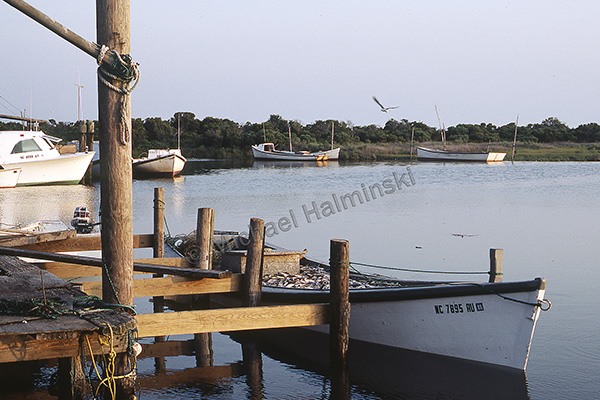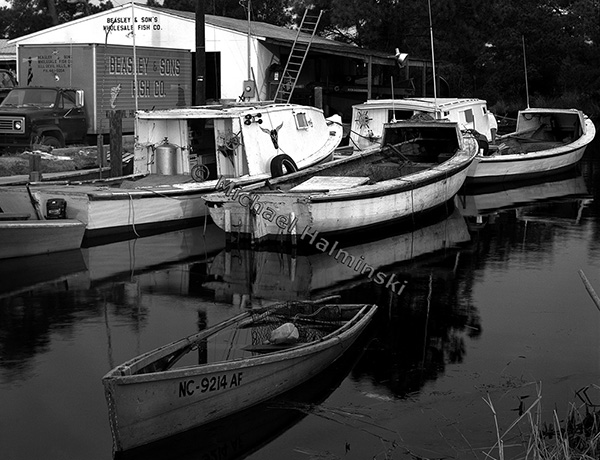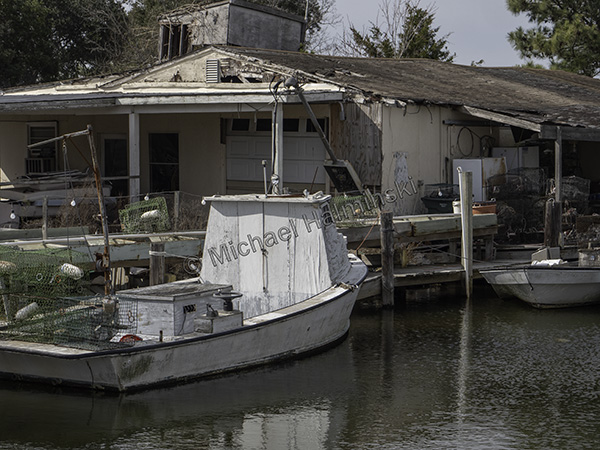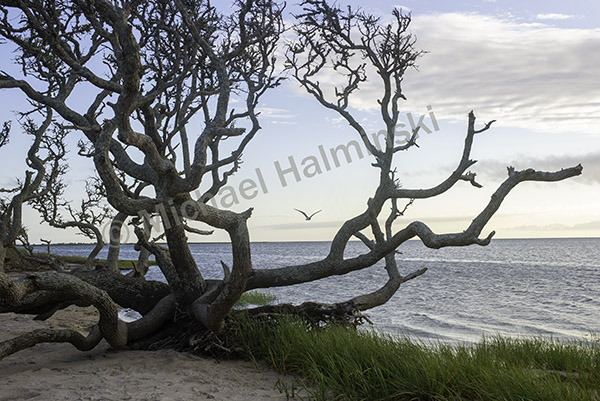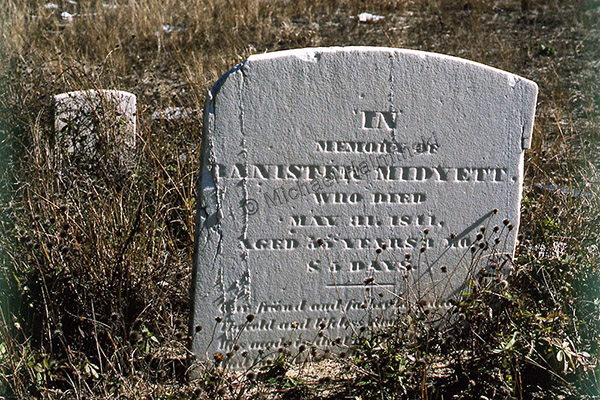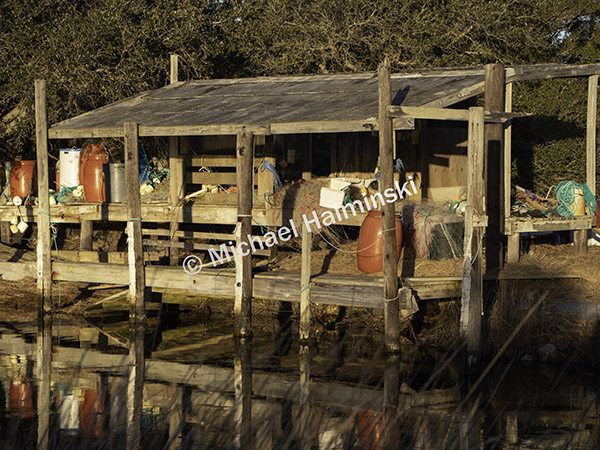Just a few hundred yards offshore of my property, sits a low marshy island in Pamlico Sound. On navigational maps it’s called Great Island, but I’ve always known it as I D’s Island, named for my late neighbor Mr. I D Midgett. I D’s Island has likely been owned by that same family since first settling on Hatteras a few hundred years ago.
Mapping surveys from the 1880’s by Lt. Francis Winslow showed Great Island to be considerably larger in those days, perhaps 2 or 3 times bigger. Today it’s not only smaller, but has been cut into segments. Wave action and rising waters continue to erode this pristine salt marsh. Once upon a time it must have been connected to the main body of Hatteras Island.
Sometimes I D would perform prescribed burns on the island. Burning off vegetation is said to improve plant and wildlife habitat. With a State permit in hand, he had to wait for certain conditions after a dry spell accompanied by a light northeasterly breeze.

On a September evening in 1991, I D Midgett with sons Dale and I D jr. began burning the island.

Fanned by an ocean breeze, flames spread with a setting sun backdrop.

Burning continued well in to the night.

I don’t think I’ll ever see anything quite like that again.


